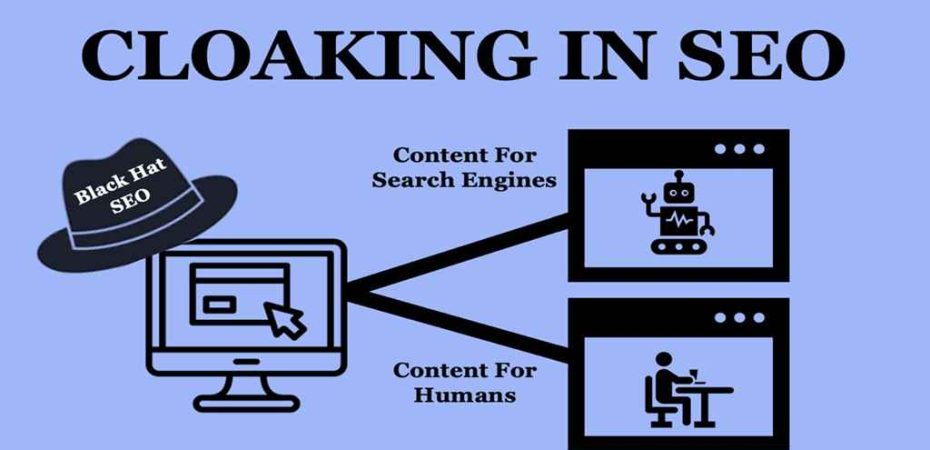In the ever-evolving landscape of search engine optimization (SEO), staying ahead of the curve is crucial. One term that often raises eyebrows in the SEO realm is “cloaking.” But what exactly is cloaking, and how does it impact your website’s SEO performance? Let’s delve into the depths of this enigmatic practice and unravel the secrets behind it.
Understanding the Basics of Cloaking

At its core, cloaking is a technique that involves presenting different content or URLs to search engines and users. Essentially, it’s a way of showing one version of a webpage to search engines and another to human visitors. This deceptive tactic may raise ethical concerns, but it has been employed for various reasons throughout the history of SEO.
The Dual Face of Cloaking
Cloaking operates on a dual-faced principle. On one hand, it can be used for legitimate purposes, enhancing user experience and ensuring that the content displayed aligns with what users expect. On the other hand, it can take a darker turn, being exploited to manipulate search engine rankings.
Legitimate Uses of Cloaking
In the realm of legitimate uses, cloaking can be a tool for delivering personalized content based on user preferences or device types. For instance, mobile users might see a mobile-optimized version of a website, while desktop users encounter a version tailored to larger screens. This personalized approach is aimed at providing a seamless and user-friendly experience.
Shady Side of Cloaking
However, the shady side of cloaking involves attempts to deceive search engines. This could include presenting content that differs significantly from what the search engine’s algorithms crawled and indexed. In essence, it’s an attempt to game the system, aiming for higher rankings without delivering the promised content to users.
The SEO Tightrope: Risks and Consequences

Engaging in cloaking can have serious repercussions for your website’s SEO standing. Search engines, such as Google, employ sophisticated algorithms designed to detect and penalize websites that engage in deceptive practices. Penalties may range from a drop in rankings to complete removal from search engine results.
The Technological Cat-and-Mouse Game
As search engines advance their algorithms, the battle between SEO practitioners and search engine giants intensifies. What may have been an effective cloaking strategy in the past could be swiftly identified and penalized in the present. Staying abreast of the latest SEO trends and algorithm updates is crucial for those navigating the fine line between optimization and manipulation.
Best Practices for SEO Success
In steering clear of the pitfalls associated with cloaking, focusing on ethical and user-centric SEO practices is paramount. Emphasizing high-quality, relevant content that aligns with search intent is a foundation for long-term SEO success.
Conclusion: Navigating the SEO Landscape
In conclusion, understanding cloaking in SEO is akin to navigating a complex landscape. While it can serve legitimate purposes, the risks associated with deceptive practices underscore the importance of ethical SEO. As the digital realm continues to evolve, embracing transparency and authenticity remains the key to a resilient and successful online presence. So, tread carefully, stay informed, and let your commitment to quality content be the guiding light in your SEO journey.
Read also:

